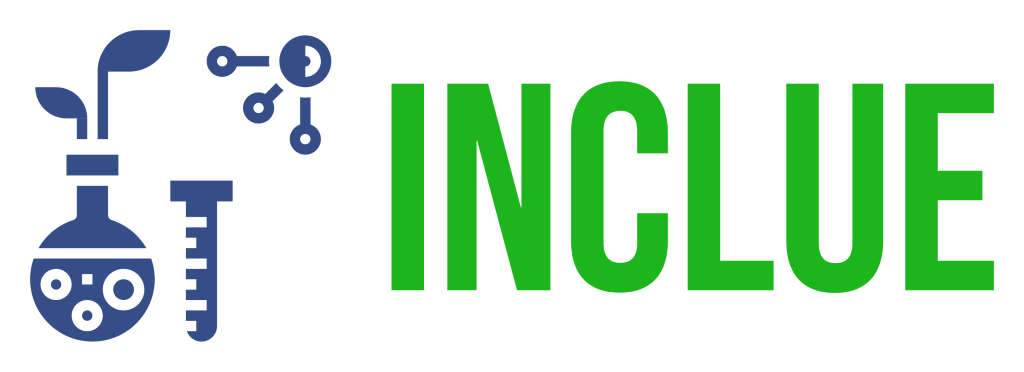About INCLUE Project
From waste to resource: Training young researchers on developing innovative, circular solutions for wastewater treatment sludge
From waste to resource: Training young researchers on developing innovative, circular solutions for wastewater treatment sludge
The overarching aim of INCLUE is to provide top-level training to a new generation of high-potential doctoral candidates (DCs) in a crucial field of today’s society: the exploitation of organic waste streams as a resource.
In this training through research program, INCLUE doctoral candidates will focus on sustainable and circular solutions to treat wastewater treatment sludge containing a wide variety of (in)organic pollutants, enabling the application of this untapped resource for renewable chemicals, materials, fuels and fertilisers.
INCLUE hereby responds to the European Green Deal and Farm-to-Fork strategy, in which sludge has been identified as a prime biogenic renewable resource to boost circular economy in terms of renewable energy generation and organic fertilisers production.
INCLUE entails an intersectoral consortium of 6 academic and 11 non-academic partners from 7 countries, who have developed an interdisciplinary training program, encompassing the fields of chemical & environmental engineering, (nano)materials science, chemistry, environmental biotechnology, microbial ecology, life sciences, modelling and
ecotoxicology.
The success of the program is guaranteed via a unique combination of state-of-the-art PhD research, intersectoral secondments, international mobility and interdisciplinary platform-wide courses.



